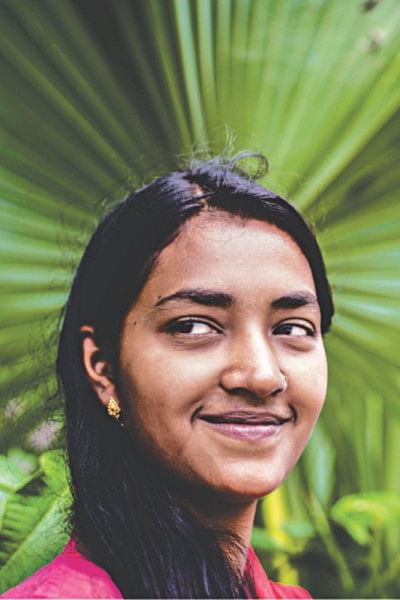A Wake up Call

Unless the world immediately focuses on the plight of its most disadvantaged children, 69 million children will die from mostly preventable causes, 167 million children will live in poverty, and 750 million women will have been married as children by 2030 based on current trends, according to a UNICEF report.
The State of the World's Children, UNICEF's annual flagship report released globally yesterday (Tuesday), paints a grim picture of what is in store for the world's poorest children if governments, donors, businesses and international organizations do not bolster efforts to address their needs.
The 2016 report notes that significant progress has been made in saving children's lives, getting children into school and lifting people out of poverty. Global under-five mortality rates have been more than halved since 1990, boys and girls attend primary school in equal numbers in 129 countries, and the number of people living in extreme poverty worldwide is almost half compared to what it was in the 1990s.
But this progress has been neither even nor fair. The poorest children are twice as much likely to die before their fifth birthday and to be chronically malnourished than the richest. Across much of South Asia and sub-Saharan Africa, children born to mothers with no education are almost three times more likely to die before they are five than those born to mothers with a secondary education.
At the regional level, glaring disparities in antenatal care and skilled birth attendance exist in South Asia and sub-Saharan Africa. In both Bangladesh and Pakistan, women from the richest households are respectively four and six times more likely to receive antenatal care (at least four visits) than those from the poorest. However, the report commends Bangladesh for making solid progress in reducing mortality rates among children under age 5. Part of its success can be traced to the expansion of community-level health interventions.
Although education plays a unique role in levelling the playing field, the number of children who do not attend school has increased since 2011, and a significant proportion of those who do go to school are not learning. About 124 million children today do not go to primary- and lower-secondary school, and almost two in five who do finish primary school have not learned how to read, write or do simple arithmetic.
The report points to evidence that investing in the most vulnerable children can yield immediate and long-term benefits. Cash transfers, for example, have been shown to help children in countries including Bangladesh to stay in school longer and advance to higher levels of education. The introduction of school feeding programmes has also been linked to increased learning and cognitive development in Bangladesh, the report mentions. Also, the Reaching Out-of-School Children programme in Bangladesh illustrates how governmental and non-governmental organizations can develop innovative strategies for reaching the most disadvantaged children.
It further lauds Bangladesh's initiatives in enforcing law that restricts marriage before 18 and commends Bangladesh on young girls forming child marriage-free zones in their communities. It sees Bangladesh as a leader in developing a child-focused budgeting framework that is used by the Ministry of Finance to review potential impacts on children.
Finally, the report reminds, inequity is neither inevitable, nor insurmountable. Better data on the most vulnerable children, integrated solutions to the challenges children face, innovative ways to address old problems, more equitable investment and increased involvement by communities – all these measures can help level the playing field for children.

 For all latest news, follow The Daily Star's Google News channel.
For all latest news, follow The Daily Star's Google News channel. 



Comments